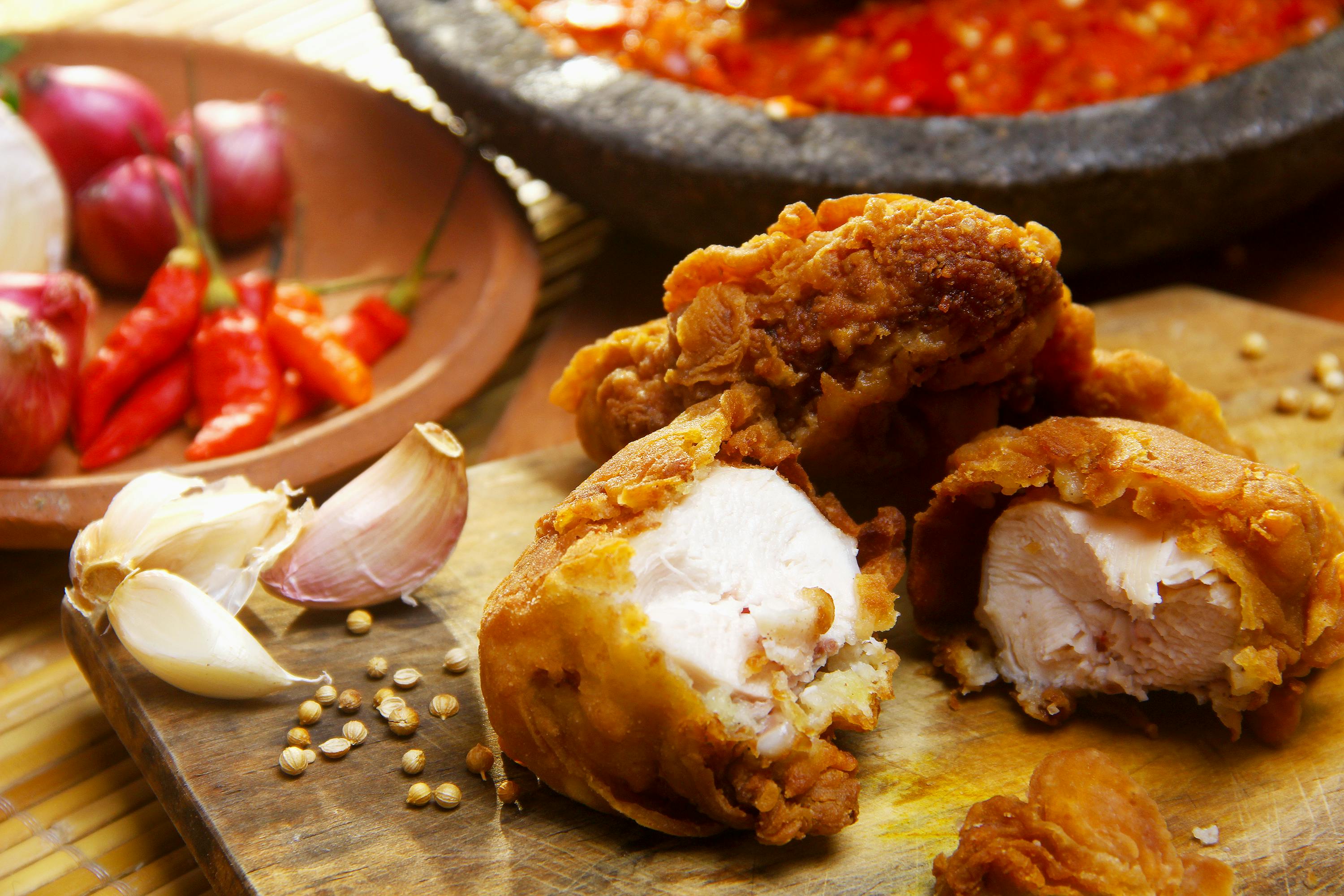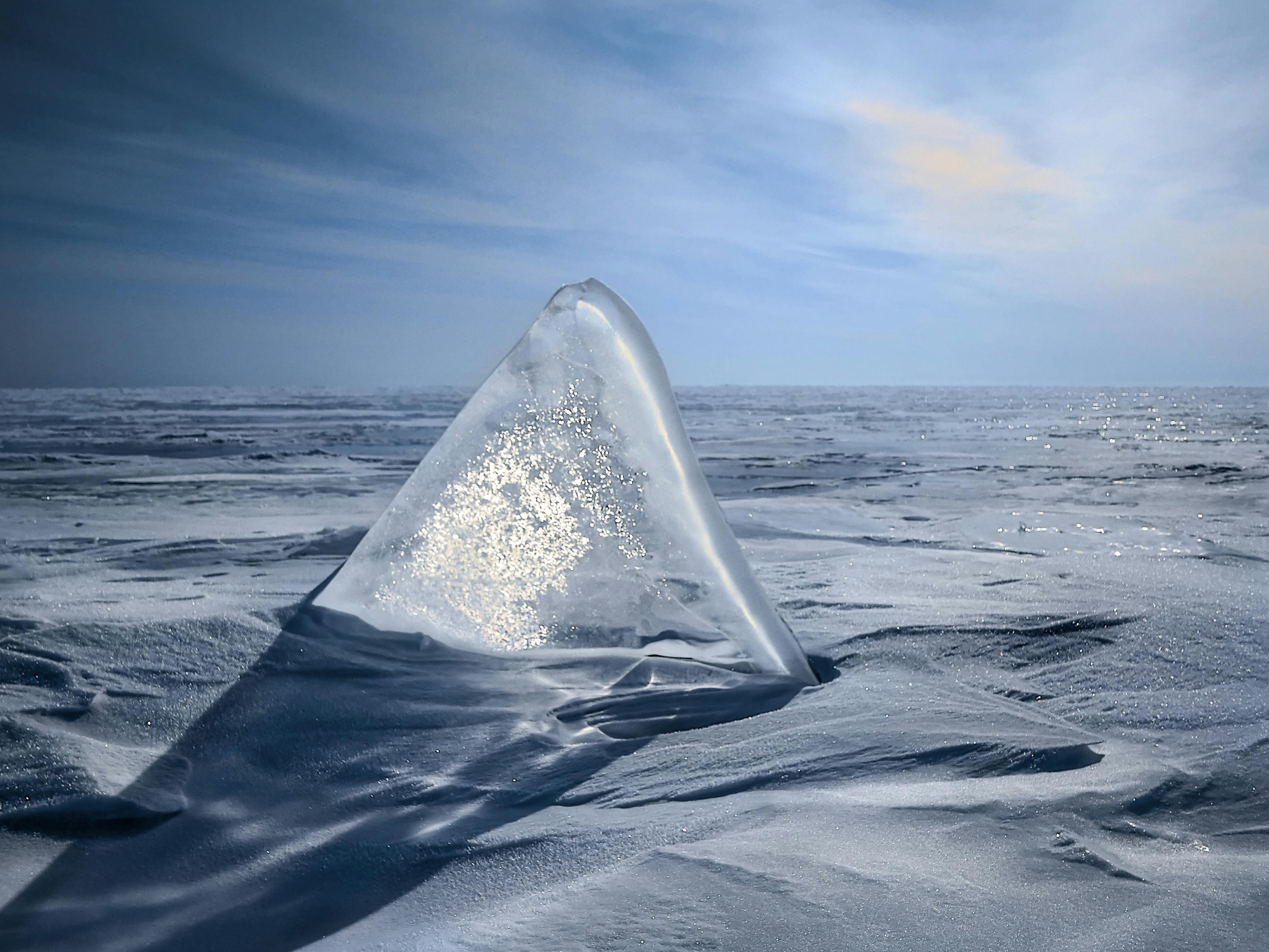
Practical Guide to Cold Brew Tea: Revitalize Your Drinks in 2025
Cold brew tea is taking the beverage world by storm, especially as we move into 2025. This refreshing drink not only boasts a unique flavor profile but also offers numerous health benefits. Unlike traditional hot brewing methods, cold brewing allows the tea to steep slowly, resulting in a smoother taste with reduced bitterness. In this guide, we will explore the entire process of making cold brew tea, the best types of tea for this method, and tips for getting the most out of your brew.
Some advantages of cold brew tea include its lower caffeine levels compared to hot brew, making it an excellent option for those looking to cut back. Additionally, cold brew tea is perfect for summer refreshment, allowing for various flavors and creative concoctions. By the end of this article, you will be equipped with all the information necessary to make delicious cold brew tea at home.
Key Takeaways: Understanding cold brew tea and its benefits, learning about suitable tea types, and mastering cold brewing techniques will empower you to create fantastic summer beverages.
Exploring Cold Brew Tea Process for Optimal Flavor
To master the art of cold brew tea, understanding the brewing process is essential. Cold brewing involves steeping tea leaves in cold or room temperature water over an extended period. This method brings out the flavors and essential oils without extracting the bitterness typically associated with hot brewing. The key is to find the right balance between steeping time and tea quantity to achieve your desired flavor profile.
Preparation for Cold Brew Tea
Proper preparation is crucial for success. Start with high-quality tea leaves – whether loose leaf or tea bags. The ratio of tea to water should generally be 1:8 for a concentrated brew. Measure your tea leaves carefully and use filtered or mineral water to enhance taste.
Cold Brew Tea Instructions
The cold brew tea instructions are straightforward. Combine your tea leaves or tea bags with cold water in a pitcher, jar, or brewing vessel. Seal the container and place it in the refrigerator. Steep for 6 to 12 hours depending on your taste preference and the type of tea used.
Cold Brewing Time and Ideal Temperature
An essential factor to consider in the cold brew tea process is steeping time. For most teas, 6 to 8 hours is sufficient, but green teas may require less steeping time compared to black or herbal options. The ideal temperature for cold brewing should be between 35°F to 65°F (2°C to 18°C) to ensure that flavors are extracted effectively without becoming overly bitter.
Common Mistakes with Cold Brew
A common mistake is using boiling water for cold brew or steeping for too long. This may result in unwanted bitterness and off-flavors. Always use cold water and pay attention to steeping duration for the best results. Additionally, when using tea bags, ensure they are made specifically for cold brewing to avoid over-extraction.
With these insights into the cold brew tea process, you're ready to experiment with different tea types and flavors.
The Best Tea for Cold Brewing
When it comes to selecting the best tea for cold brewing, you have a plethora of options. Cold brew tea can be made from various tea leaf types including black, green, oolong, and herbal varieties. Each type of tea brings its distinct flavors and characteristics, allowing for creative exploration of tastes and combinations.
Cold Brew Green Tea
Cold brew green tea is renowned for its refreshing taste and health benefits. This light and invigorating tea is perfect for the health-conscious. The cold brewing process reduces the need for sweeteners, allowing you to enjoy its natural flavor and antioxidant properties. A basic green tea cold brew recipe involves steeping high-quality green tea leaves in cold water for about 4 hours.
Cold Brew Black Tea
If you're seeking a bolder flavor, cold brew black tea is an excellent choice. Its rich and robust taste holds well against infusions of fruits or spices. For a delightful twist, consider blending black tea with citrus or berries during the steeping process—enhancing the overall flavor while maintaining the tea's integrity.
Cold Brew Herbal Tea
Herbal teas are versatile for cold brewing, allowing for deliciously fruity and floral combinations. Chamomile and hibiscus, for instance, make fragrant and flavorful cold-brewed teas. The sweet notes of floral herbal teas provide an opportunity to create refreshing blends that are caffeine-free, making them perfect for any time of day.
Flavored Cold Brew Tea
For those looking to experiment, flavored cold brew teas offer endless possibilities. You can incorporate fruits, herbs, or spices into your blend for varied tastes. Infuse tea with fresh mint, lemon slices, or ginger for an invigorating drink. The addition of these organic ingredients not only enhances the flavor but also adds visual appeal.
Understanding the various types of tea and their unique characteristics will help you develop personalized cold brew recipes that are both delicious and refreshing.

Health Benefits of Cold Brew Tea
Cold brew tea is not only a refreshing choice, but it also offers a range of health benefits that enhance its popularity. Research indicates that cold brewing can yield a drink lower in acidity compared to its hot counterparts, making it gentler on the stomach for those with sensitivity.
Caffeine in Cold Brew Tea
Understanding caffeine levels is vital for tea drinkers. Cold brew tea typically contains less caffeine than hot brewed tea since the extraction process is slower. For example, cold brew green tea can have nearly half the caffeine content compared to hot brewed green tea, making it a suitable choice for those looking to reduce their caffeine intake.
Antioxidant Properties of Tea
The health benefits of tea, particularly its antioxidant properties, cannot be overstated. Cold brew tea retains significant amounts of catechins and flavonoids that support overall wellness. Antioxidants can help combat oxidative stress and inflammation within the body, contributing to improved health and vitality.
Hydrating and Refreshing
On hot days, cold brew tea serves as a hydrating and revitalizing beverage. It is an excellent source of hydration while providing essential nutrients. The refreshing properties and variety of flavors make it a go-to for summer gatherings, outdoor activities, or casual sipping at home.
Supporting Wellness
Incorporating cold brew tea into your daily routine can provide various health advantages. Its soothing effects and digestive benefits can enhance overall well-being. Whether consumed on its own or involved in health-conscious recipes, cold brew tea supports a balanced lifestyle.
After recognizing the significant health benefits, you'll be motivated to incorporate cold brew tea into your everyday beverage choices.
Cold Brew Tea Tips and Tricks
Maximizing your cold brew experience requires some expert tips and tricks that can elevate the flavor and ensure perfect results every time.
Cold Brew Tea Storage
Proper storage of cold brew tea is essential to maintain flavor and prevent spoilage. Use airtight containers to store your brew in the refrigerator, as this will help retain its clarity and taste. Avoid exposure to light and heat to extend its shelf life, and consume it within a week for optimal freshness.
Serving Cold Brew Tea
When serving cold brew tea, consider using high-quality ice cubes made from the same brew to prevent dilution. Garnish with fresh herbs, fruits, or edible flowers to enhance presentation. Creating visually appealing drinks can enhance the overall experience and make it perfect for hosting events.
Sweetening Cold Brew Tea
Sweetening cold brew tea can personalize your drink, but the method often varies from traditional sweetening techniques. Using simple syrups, agave syrup, or stevia is recommended, as they integrate smoothly without leaving any gritty residue. This allows you to maintain the drink's clarity and enjoy a delightful balance of flavors.
Infused Cold Brew Tea Recipes
Explore infused cold brew tea recipes by adding unique ingredients. Consider mixing flavors like peach and basil or lavender and lemon for vibrant combinations. The infusion process allows for creativity and experimentation in creating bespoke beverages tailored to your taste.
Implementing these tips can transform your cold brew tea experience into a delightfully refreshing ritual.

Cold Brew vs Hot Brew Tea: Which is Better?
As you delve deeper into the world of tea, it’s important to understand the differences between cold brew and hot brew tea. Both methods have their unique advantages, and your choice may depend on personal preferences and intended use.
Culinary Versatility
Cold brew tea is incredibly versatile as it can be enjoyed independently or as a base for various beverages. Cold brew tea can serve as a refreshing summer drink or a unique cocktail mixer during social gatherings and events. Conversely, hot brew tea is often appreciated for its comforting qualities and ability to pair seamlessly with warm dishes.
Flavor Profile
One significant difference lies in the flavor profile. Cold brew tea typically has a smoother and lighter taste, while hot brewed tea tends to release more tannins, resulting in a richer and sometimes more bitter flavor. Experimenting with both brewing methods will grant you a broader understanding of taste nuances.
Health Benefits Comparison
Both cold and hot brewing methods preserve the health benefits of tea, though cold brewing often extracts different compounds and flavors, yielding a drink that is lower in acidity. Understanding these variations will help you choose the method that aligns with your health goals.
To truly appreciate tea, knowing the differences between cold brew and hot brew can enhance your drinking experience, allowing for better choices in various settings.
Q&A: Common Queries About Cold Brew Tea
What is the ideal steeping time for cold brew tea?
The ideal steeping time for cold brew tea generally ranges from 6 to 12 hours. Delicate teas like green tea may require less time, whereas stronger teas like black tea might benefit from longer steeping. Always tailor the time to your taste preference.
Can I reuse tea leaves for cold brewing?
Yes, you can reuse tea leaves for cold brewing, though the second brew may have a lighter flavor. It's essential to steep for a shorter amount of time on the second brew to avoid bitterness.
Are there specific tea brands known for cold brew teas?
Many tea brands today offer cold brew-specific blends designed to optimize flavor when steeped cold. Brands like Tazo, Teavana, and Harney & Sons have options available that cater especially to cold brewing.
How can I enhance the flavor of my cold brew tea?
You can enhance flavor by adding ingredients during the brewing process, including fruits, herbs, or spices. Additionally, using flavored syrups or sweeteners can provide a delightful twist to your cold brew experience.
With the knowledge gained in this article, you're now ready to embark on your cold brew tea adventure. Enjoy experimenting with flavors, brewing techniques, and health-conscious choices as you create refreshing beverages this summer!